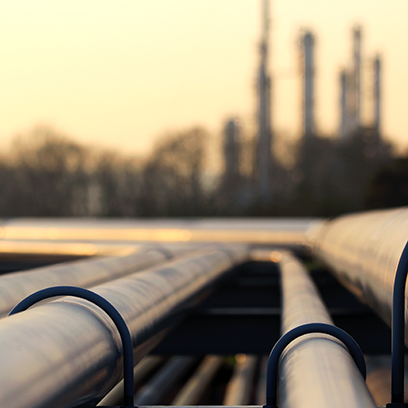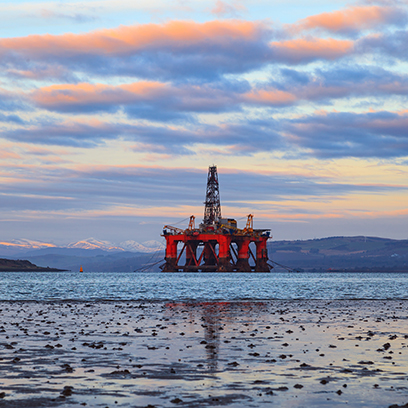From a peak of over £5/therm in August 2022, NBP Day Ahead prices dropped fairly quickly thereafter but seemed to stabilise somewhat in the second half of 2023, averaging close to £1/therm. However, since mid-December price have fallen sharply and are now down below 60p/them. A reasonable price in historic terms, but well below the levels of the last three years. Why have prices fallen so much recently? There seem to be four factors involved.
Decline in gas demand.
The high gas prices in 2022 had a dramatic effect on Gas demand in Europe, which fell by 12-13% compared with 2021. This trend continued in 2023, albeit at a slower rate, with demand expected to fall a further 5-6%. Obviously lower demand levels reduce the pressure on the gas market.
Warm Winter
This decline has been exacerbated by the weather. The winter of 2023/24 was the fifth warmest on record in the UK and February 2024 was the warmest in history. Again, this has significantly reduced gas demand this winter and low demand means lower prices.
High storage levels
A consequence of lower demand levels, is that gas storage levels have remined exceptionally high this winter. By mid-December, gas storage in Europe was still around 90% full. At the time of writing, gas storage in North West Europe was still 50-80% full. This in itself is a source of weakness in the market and gave rise to a feeling amongst gas traders that there are unlikely to be gas supply problems this winter.
Mood of the market
The mood of the market has also contributed. Discussion with market participants suggested that by late January, traders had come to the view that there would be no supply issues this winter and marked prices down accordingly. Their focus has already moved on to winter 24/25. Prices for
Winter 2024/25 are around 80p/therm, a third above current levels.
What next ?
Longer Term
Is this a new permanent move to a new lower price level or will we see a price recovery at least in the short /medium term. The supply /demand fundamentals suggest we are still not out of the woods just yet. Europe has become very dependent on LNG in the last few years. In 2023 LNG supplied around 35-40% of Europe’s gas, compared with only 13% as recently as 2018. So, prices in Europe are determined to a large extend by world LNG prices. Currently world LNG Supply is catching up with Demand but in normal temperature conditions the market would still be slightly short. By around 2027 the balance should have shifted to equality, with 30+ Million tonnes of liquefication coming onstream in Qatar and a large number of new LNG terminals starting up in the United States. There is still a significant potential for dramatic upward price spikes until late 2026. Only thereafter should the risk of higher prices diminish.
Short Term
As always in the LNG market the key driver is the winter weather, not only in Europe but also in the Far East, the other major LNG consuming region. Average to cold weather in either region could mean significantly higher prices in the next 2-3 winters. If it is cold in both areas simultaneously,
then the probability of price spikes increases significantly. It may also be influenced by the reaction of gas consumers to the new lower price levels for gas. It is possible that gas demand may increase in Europe this year which would also serve to firm up the market next winter.





